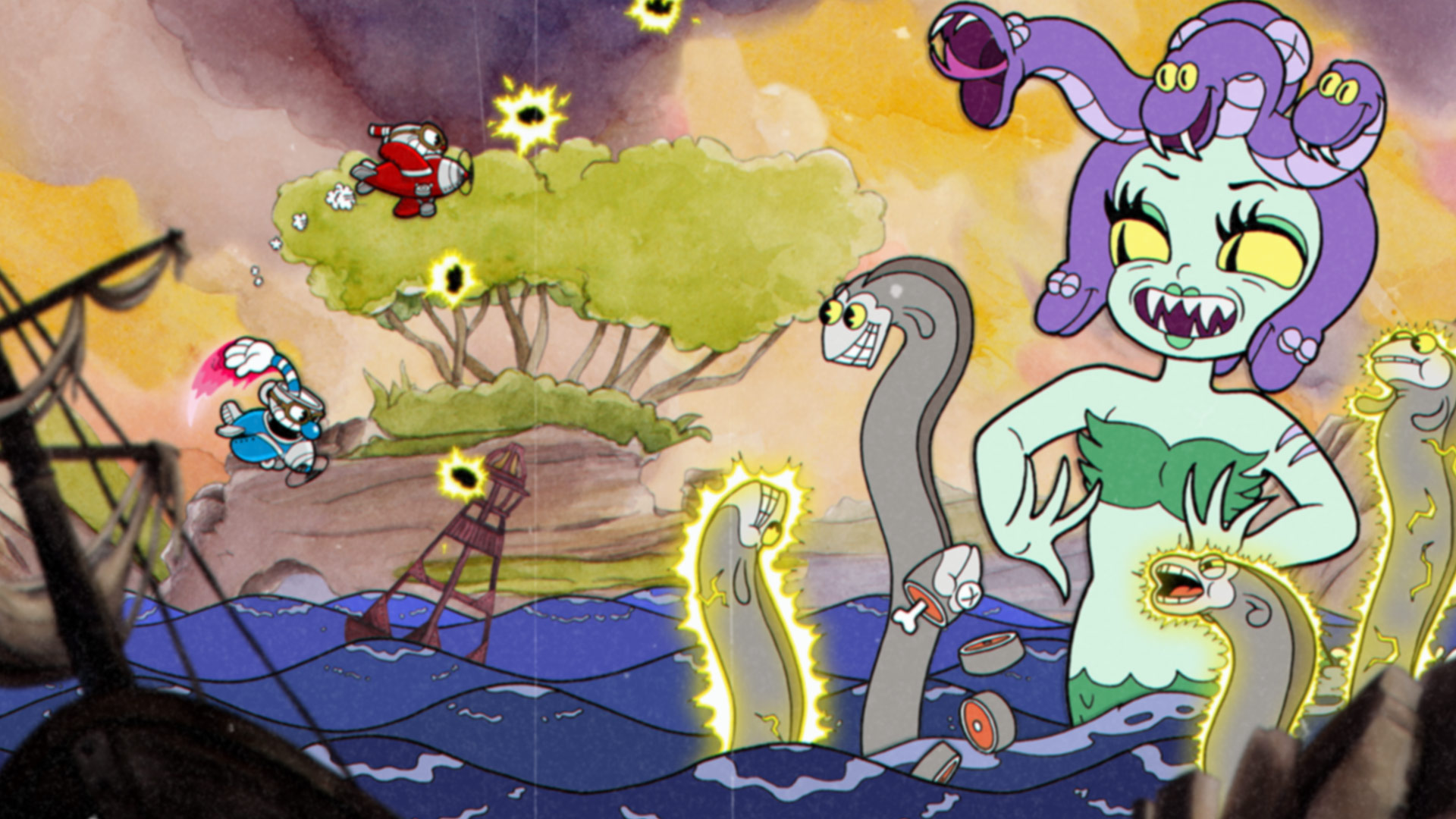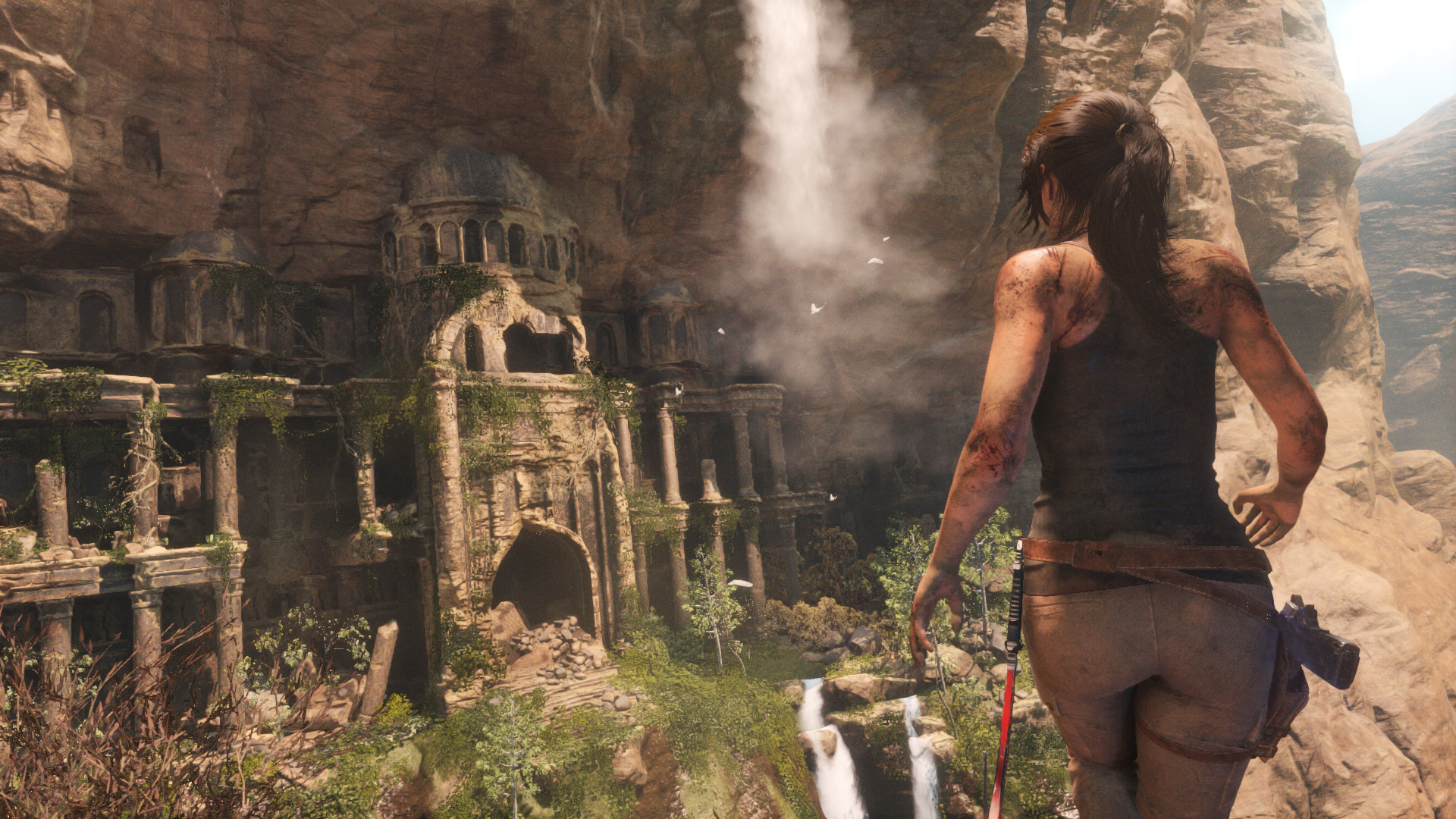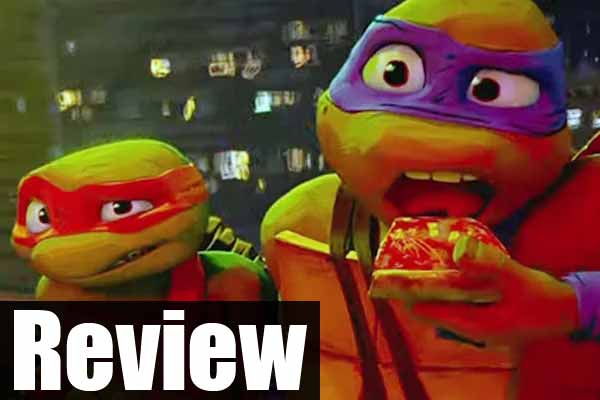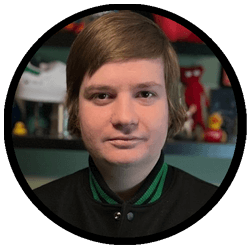iLLOGIKA Interview
Interview with Pierre-Olivier Macé, Communications Manager at iLLOGIKA
A staple I do in all interviews in order to start things off is to ask that you elaborate a bit about your work on games that people might not know?
Pierre: Sure! We are a Montreal-based indie game studio founded in 2009 and we’re launching our first game, Subaeria, soon out of Early Access. In Subaeria, players follow Styx, a young girl who’s out for revenge after her family is murdered by the overlord of Subaeria. She must fight her way through droves of murderous robots by pitting them against one another. As she progresses towards her goal of revenge, she explores the underwater city of Subaeria to uncover the mysteries that lie below the depths.
Previously, we also worked on the development of Lara Croft GO on Android and Windows Phone, Hitman GO on VR, the Assassin’s Creed Syndicate mobile app : London Gangs, Dexter : Hidden Darkness on mobile and a Disney Infinity AR app on mobile called Disney Infinity : Action!
We also make serious games such as corporate VR and AR experiences or apps raising awareness and recently released a few of our VR R&D projects to the public.
Looking at the co-development work on Cuphead, what sort of key elements did the team contribute to the well loved title?
Pierre: We helped Studio MDHR to finish the game in the last months of development by programming new features, optimizing the game, integrating graphic assets, performing QA and also supported the management of the project.
To give you an example of what we did, we dressed up the levels with the art that MDHR made to guide and support the level design. We polished some systems like the Mausoleum ghost movement and the mountain elevator scene in the Mountain run’n’gun level, the dialog boxes, adjusting the gameplay...

Following that, what was the experience like working on such a distinct and artistic type of game that Cuphead is? Are any of those experiences being applied to VR development?
Pierre: Working on Cuphead has been fantastic and full of interesting challenges. While we weren’t directly involved in the initial conception of the style of the game and the graphics were already drawn on Studio MDHR’s side, the team put their heart and soul into it, to make sure the level assets fit well and made the player feel like they’re in a cartoon. And when we saw the levels we worked on coming to life, we felt very proud.
The main challenge though, was to draw the line between what we wanted and what Studio MDHR wanted for their game, so we focused on following their vision but also suggested new improvements. And it went extremely well : they were really friendly, open and honest and that helped us get to a point where we could predict what they wanted before we asked.
When we look at the result now, we’re really pleased with the accomplishment. Especially considering we worked fully remotely and we only met Chad, Jared and Maja from Studio MDHR for the first time in person (Canada is a big place!) after the release of the game!
To answer your last question about VR, working on Cuphead helped us to better understand project management best practices with remote partners. However, there wasn’t much on the art or programming side that could directly be applied to VR.
From what I had read, the team worked on the Hitman GO VR and Lara Croft GO Android ports, were there any challenges present in getting those on the mobile devices?
Pierre: There was a certain challenge on the art side with Hitman GO VR because most of the levels were scaled using real-life meters and not using the game engine length unit, so even if the level seemed fine on the mobile screen, in VR, the objects appeared very small and the roof very far. So we had to rework the scale of a lot of the assets.
Porting Lara Croft on Android was relatively straightforward, however on Windows Phone, the biggest technical challenge we had was the phone memory : while the RAM size of these phones was only 512 MB, we experienced problems when going above 138 MB of memory usage, so we had to do a lot of optimization.
Building on that, what was it like to work on such well known Square-Enix IP’s with Hitman and Tomb Raider?
Pierre: As big fans of the games, it was an honour for our studio to work on such beloved IPs! Furthermore, people from Square Enix Montreal were very nice to work with. We were fully involved in the design decisions relative to the ports we made and had access to all the assets we needed. We are always glad to help them.

Going forward to the current time, could you briefly describe the type of work the team is doing in regards to Virtual Reality R&D projects?
Pierre: We’re mostly prototyping VR gameplay to see what kind of new projects we can develop. At iLLOGIKA, everyone gets 4 weeks a year dedicated to R&D projects and that’s how our last two VR mini-games were made : FlickBlocks and Air Punch.
With those R&D projects, we tried to address many challenges : how can we make the player move smoothly in VR without causing any motion sickness? Is there anything fun we haven’t seen yet in the VR catalog? And also, more importantly, can any of these concepts introduce VR to a wider audience? We want to find out.
Could you briefly describe the two prototypes, FlicksBlocks and Air Punch along with what the key goals were when developing both of the experiences? Additionally, where can players check those out?
Pierre: FlickBlocks is one of those fun and original concepts we wanted to adapt to VR. It’s inspired by puzzle games like Tetris and the goal is to stack blocks but you need to be careful because if you let a few pieces fall on the ground, you lose! We also wanted to come up with a very accessible game for people unfamiliar with VR headsets.
Air Punch is more of an experiment with movement in VR without causing any motion sickness. While the player is punching in real life with the controllers, they will smoothly slide in the direction of the punch in the VR world allowing them to jump, go fast and destroy targets on the way.
Those two are available on our itch.io webpage : https://illogika.itch.io/
With VR really seeming to stick recently, where do you see the technology heading in the future and are there any further aspects of virtual reality you feel need to get expanded upon?
Pierre: Gaming and entertainment is a great entry point for VR, but it’s also a huge opportunity for a lot of domains : education, medicine, real estate… or even corporate experiences! We recently developed a VR training session for employees of Sun Life Financial. We see great potential in those apps.
Lastly I would like to leave a spot for you to say something or go over anything I might have missed during the interview?
Pierre: Well, thank you Jason for interviewing us and thanks to the readers of GamerHQ for reading us! We’ll be at GDC next week so do not hesitate to say hello if you’re there! Also if you want to join us and work on cool projects, we’re hiring! You can find all our job offers on https://www.illogika.com/jobs/
We’ll have a special announcement soon, so make sure to follow us on Facebook and Twitter at @iLLOGIKA !
View our Game Hubs
View our Cuphead Review

 Xbox
Xbox Playstation
Playstation Nintendo
Nintendo PC
PC Mobile
Mobile









